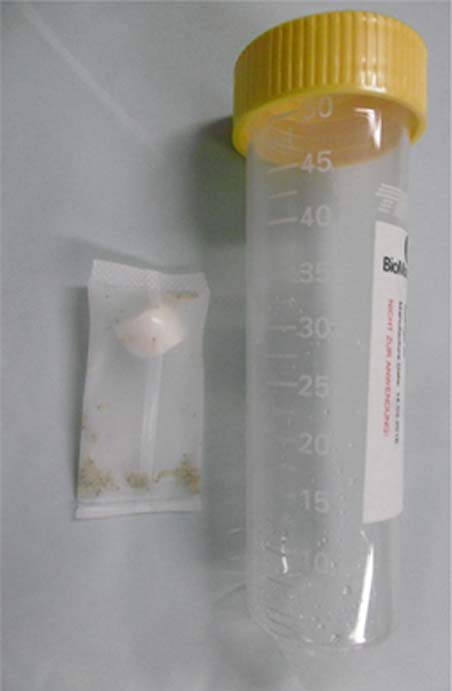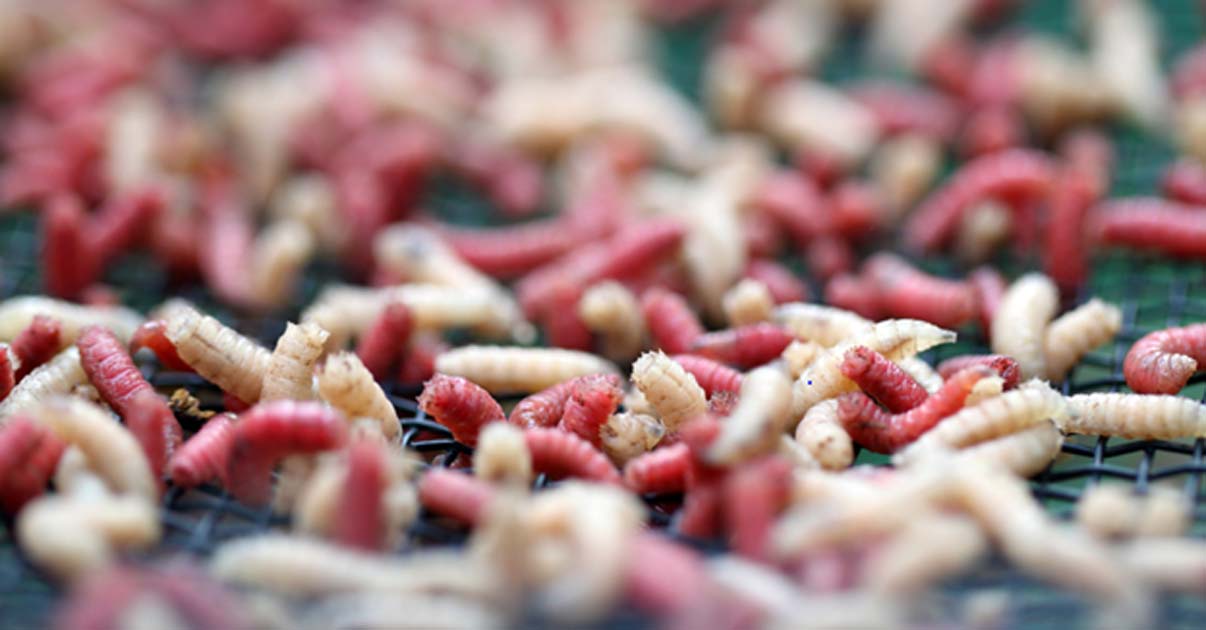Australian Scientists Explore The Medical Marvels Of Ancient Maggot Therapy
The ‘next’ button is probably the best option for those readers of a prudish or squeamish nature, as this is a news story telling of advancements in the ancient medical arts of ‘Maggot therapy’ and why this somewhat cringeworthy treatment is making a comeback in modern therapeutic applications in Australia.
Dr Frank Stadler of Griffith University recently received international recognition for his Maggot therapy project which “studied the use of maggots for therapeutic medicinal purposes in war zones and other compromised health care settings.” In September this year Dr Stadler's research project was recommended for a $250,000 funding grant by Humanitarian Grand Challenge Canada and according to an article on ABC.NET he said,
“Maggots are fantastic… They remove dead tissue… Sterilize wounds… Eat all the dead and decaying tissue in the wound.”
The use of maggots in medical treatments was developed independently around the world over the last 1000 years by several ancient cultures, for example: the Hill people of Northern Myanmar (Burma) and the Mayan healers of Central America, and, the aboriginal Ngemba tribe of New South Wales in Australia. A paper published on the US National Library of Medicine written by a team of researchers led by Dr Iain S Whitaker, Department of Burns and Plastic Surgery, Morriston Hospital, Swansea, UK, states:
“Larval association with infected wounds has been reported since ancient times, with the Old Testament being the oldest written piece to cite the infestation of an infected wound of a man by fly larvae (myiasis).”

Maggot debridement therapy on a wound on a diabetic foot. (CC BY-SA 3.0)
In Australia, the maggot medicines of ancient indigenous communities were brought back to life during the First and Second World Wars. “They remove bacteria by eating them and digesting them, and through their excretions and secretions that they place into the wound… So they have anti-microbial properties… This controls the infection sufficiently for the body to heal the wound” Dr Stadler told reporters. He added that it was for these reasons "In recent times, since World War I, maggot therapy has been used in the modern clinical settings.”
The Ancient Healing Skills Of Medical Maggots
The maggots can be applied directly on wounds, for a maximum of two to four days, with a net dressing like a ‘fly screen’ to keep the maggots on the affected area, or they can be “sealed into a tea bag-like pouch and placed on the wound, which means they can be applied gently and non-offensively,” according to Dr Stadler. “This works because maggots don't have chewing mouthparts, they first liquefy the dead tissue with excretions and then suck their food up,” he added. When the dead maggot dressing is removed new maggots can then be reapplied if necessary.
- Medieval Medicine: 1,000-year-old Onion and Garlic Salve Kills Modern Bacterial SuperBugs
- A Glimpse into the Intuitive Medicine of the Native American Tradition

Unlike caterpillars, maggots don’t have a chewing mouth. (Ezume Images /Adobe Stock)
The research team believe their work could not only “make a real contribution to life and limb-saving wound care in conflict” but that the “value of the humble maggot would increase as antibiotic resistance increases in the community.” As humans evolve we are developing a resistance to antibiotics and according to Dr Stadler, while “Penicillin is losing its potency,” Maggot therapy has proven to be “efficient in antibiotic resistant infections like staph infections.”
Does this mean if you get hacked playing football and cut your shin, you can now walk into your Dr’s surgery with a bag of maggots as ask them to apply them in a treatment? Well, yes, it actually does, but you might expect your doctor to show some resistance at first. However, Dr Stadler told reporters that:
“In many cases today when people present to hospital with maggot-infested wounds, the health care professionals have to admit that the wounds look perfect, they look fine.”
The maggots used in Dr Stadler’s clinical trials are were specially sterilized, “We harvest maggots from the wild. Then we establish a colony, a fly colony, then the fly colony is maintained, eggs are harvested in a sterile way so the larvae emerging from the eggs are sterile when they are placed onto wounds that require treatment,” he said. However, currently in Australia, Westmead Hospital in Sydney is the only approved provider of sterilized medical maggots and it is servicing patients with extreme medical cases seeking to enhance mainstream treatments.
- Traditional African Medicine and its Role in Healing in a Modern World
- Ayurvedic Medicine: A Traditional Knowledge of Life from India that Has Endured the Passage of Time

Maggots in medical packaging. (CC BY-SA 4.0)
Maggot Therapy Offers Hope To Diabetics
Medical treatments with indigenous origins often involve the application and sometimes the digestion of crushed up insects, beetles, animals and birds and applying such medicines is simply a ‘no no’ with a vast majority of the public. Maggot therapy, according to Dr Stadler “was perceived to be a last resort treatment in Australia… but it is ideally suited for early interventions.” Offering an example of where Maggot therapy might help at the primary stages of a treatment Dr Stadler said “When someone presents with a diabetic ulcer, maggot therapy is fantastic in treating that ulcer and setting the wound up for healing.”
Peter Lazzarini, a principal research fellow at QUT and co-chair of Diabetic Foot Australia, told reporters at ABC.AU that “a handful of small studies have tested maggot therapy on diabetic foot ulcer patients with mixed results.” He added, “The rationale for using larval therapy is promising, but we need larger studies to prove if it is as effective, or more effective, than other forms of debridement yet.”
Top image: Caterpillar maggot could be used in re-emerging maggot medicine. Source: loflo / Adobe Stock
By Ashley Cowie
References
Whitaker IS, Twine C, Whitaker MJ, Welck M, Brown CS, Shandall A. Larval therapy from antiquity to the present day: mechanisms of action, clinical applications and future potential. Postgrad Med J. 2007;83(980):409-13.



















